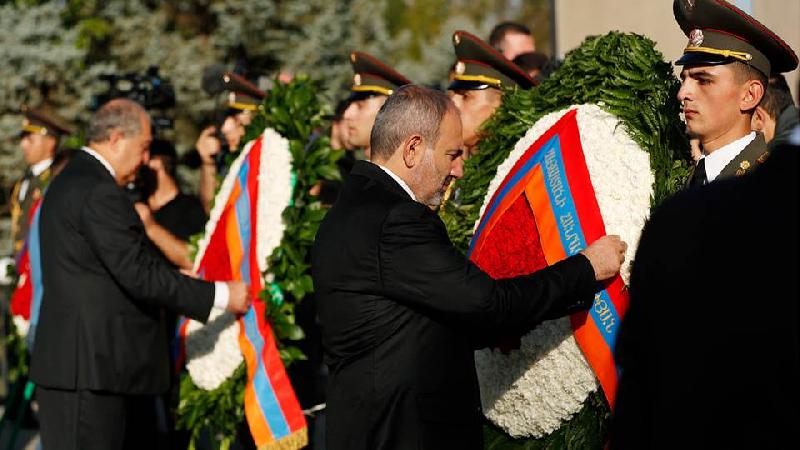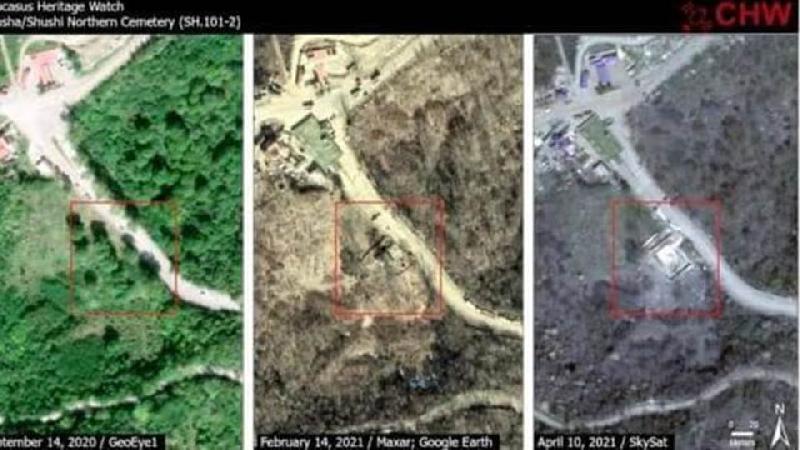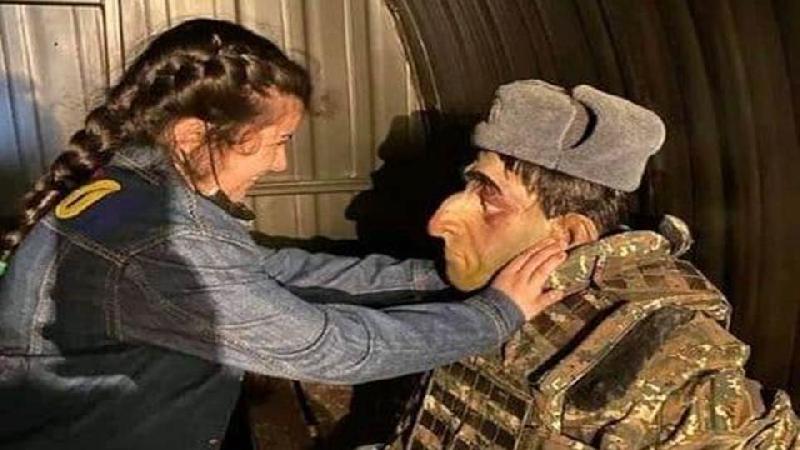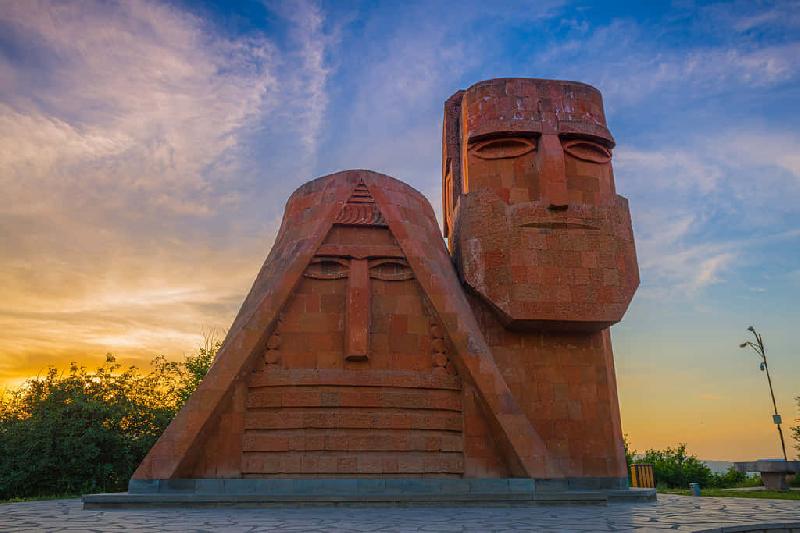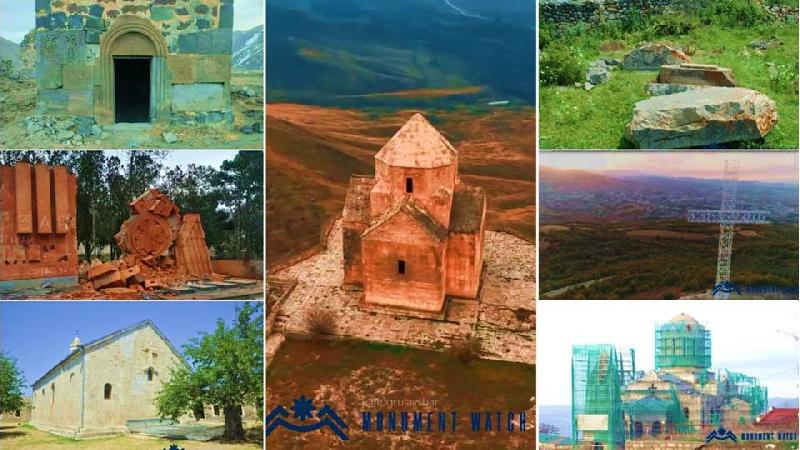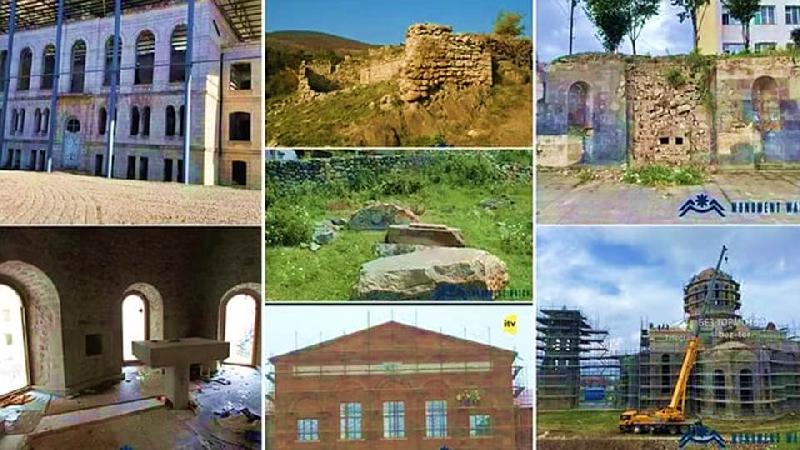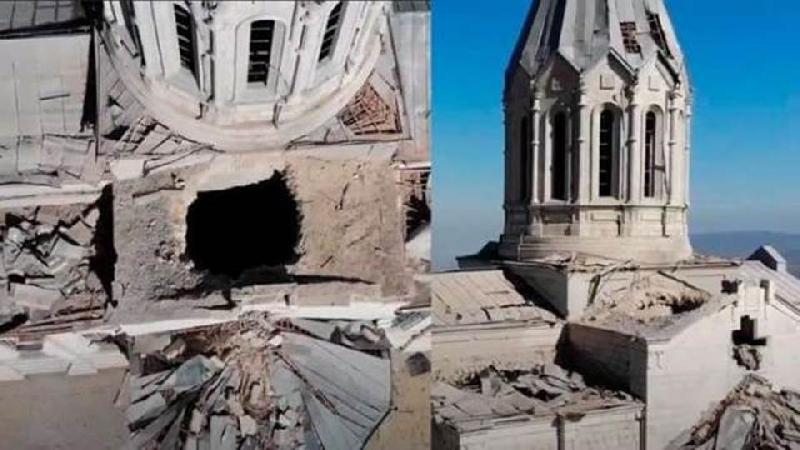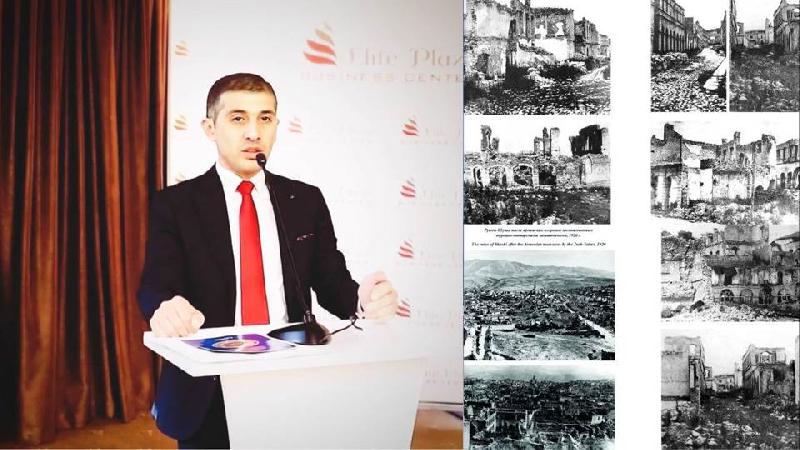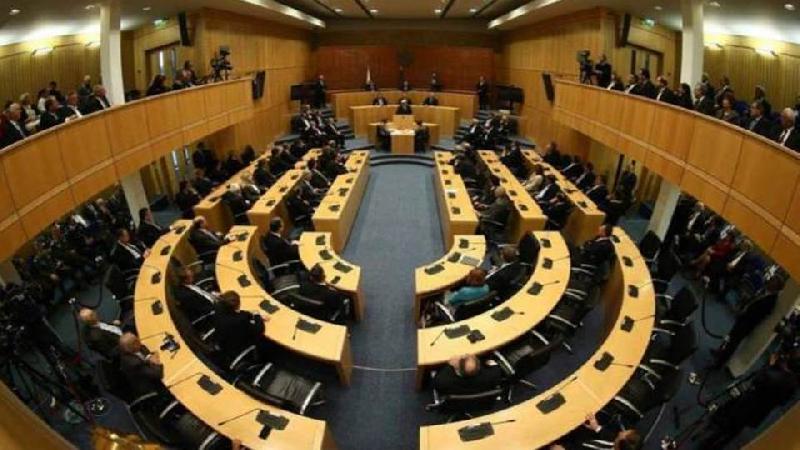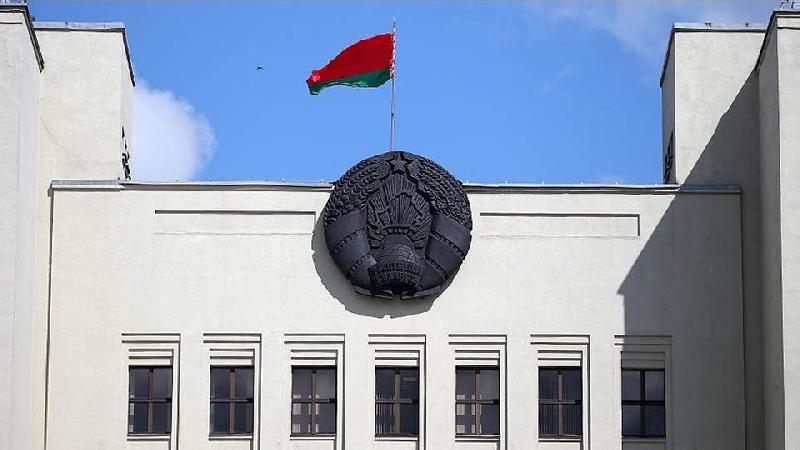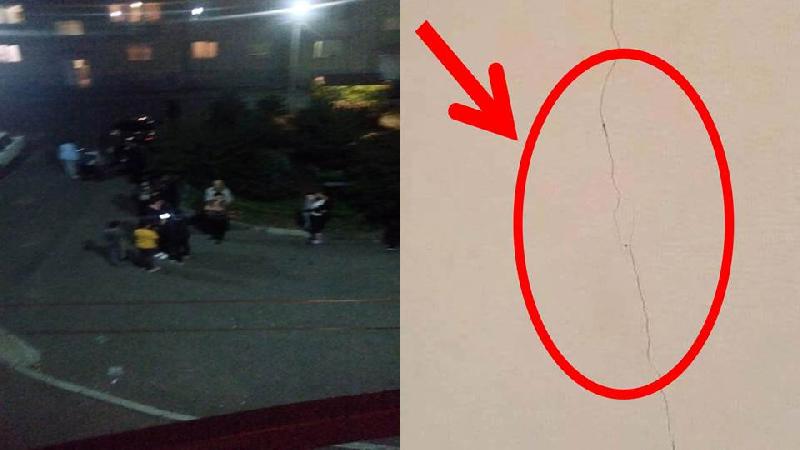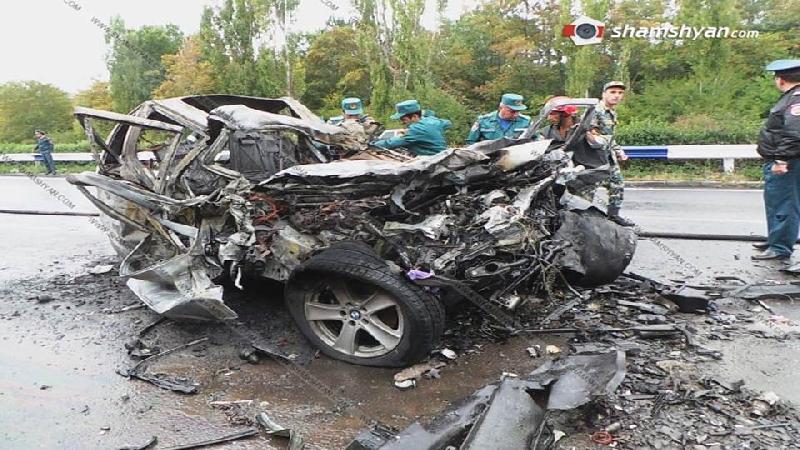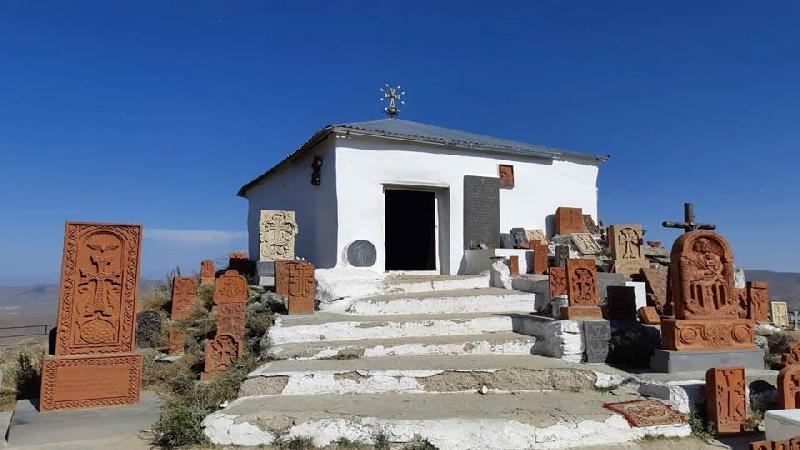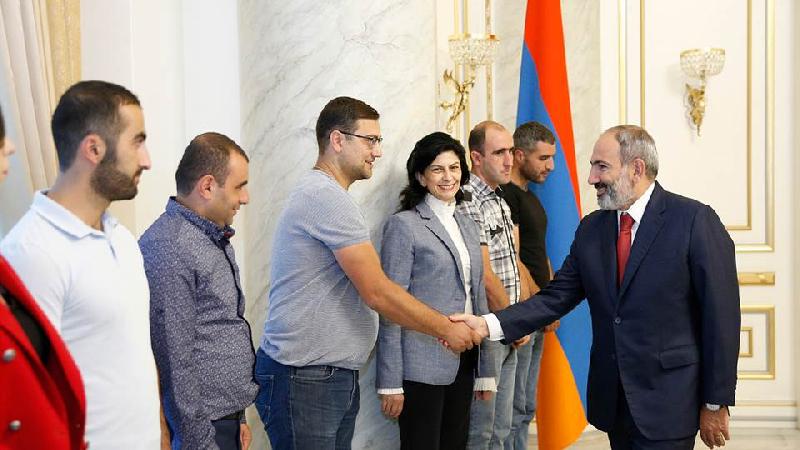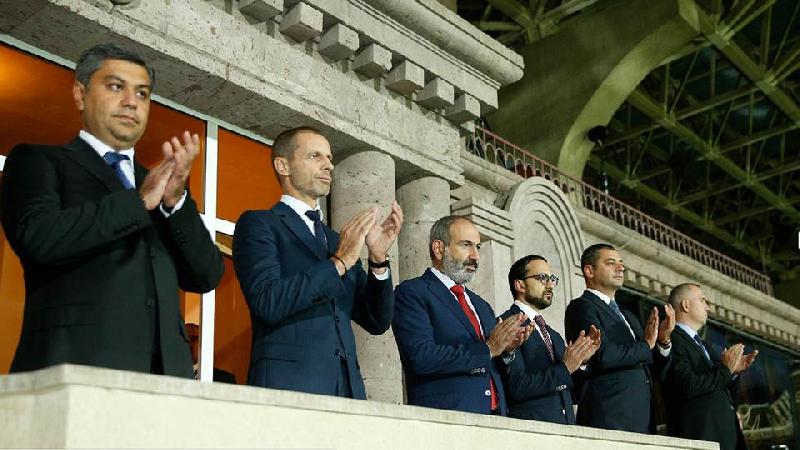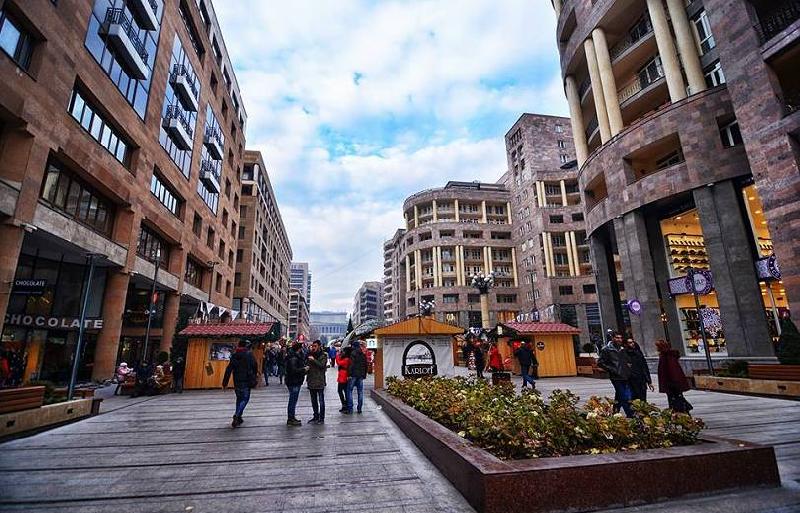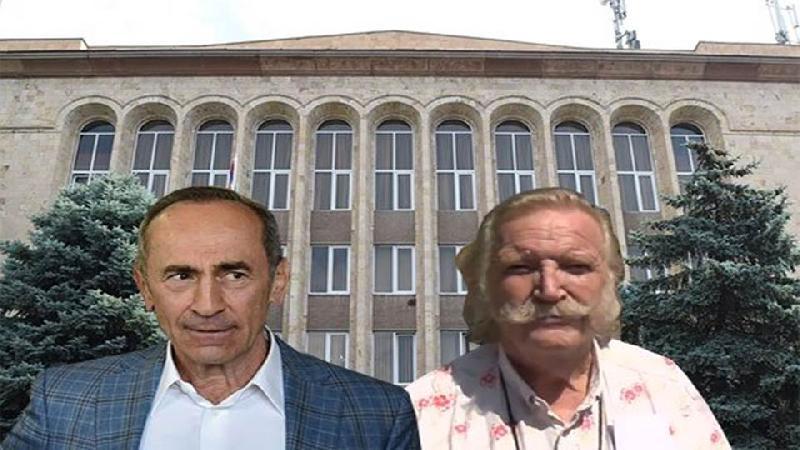"Studying the cultural genocide perpetrated by Turkey and Azerbaijan at the state level in two historically significant Armenian cities is particularly relevant and necessary today, both from a scientific and political perspective. These cities are the ancient Armenian capital of Ani and the cultural center of Artsakh, Shushi. Both of these cities have historically held significant military, political, and cultural significance for Armenia and the region as a whole."
This idea was voiced at the international scientific conference "The Archaeological School of Ani," held at the History Museum of Armenia. It was presented in a report prepared by Hovik Avanesov, a specialist in the Caucasus and a researcher at the National Academy of Sciences of the Republic of Armenia, and historian Mher Harutyunyan. The researchers made the first attempt to conduct a historical comparative analysis of the erasure of Armenian traces in two of the largest economic and cultural centers of historical Armenia.
"The goal of our study is to compare historical facts and, based on them, analyze a phenomenon unacceptable in the history of the civilized world. What happened and continues to happen in both Ani and Shushi is called 'cultural genocide' in modern science," Hovik Avanesov said in an interview with GA. "The facts we have show that the destruction of Armenian cultural heritage in both cities follows the same pattern and has a single goal: to appropriate or completely destroy the cultural treasures remaining in Armenian settlements." Our scientific research aims to substantiate the cultural genocide as a crime committed by Turkey and Azerbaijan in Ani and Shushi."
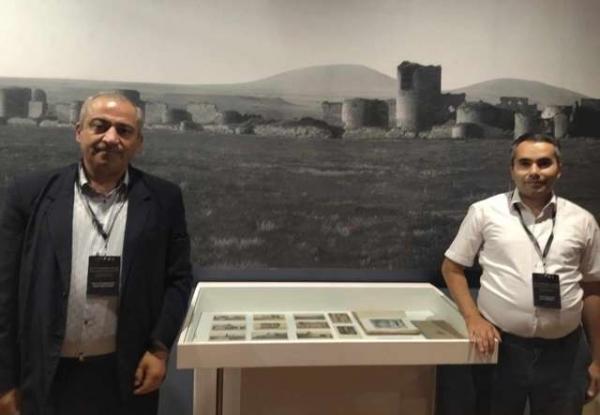
According to Ovik Avanesov and Mher Harutyunyan, the extermination of the Armenian population in the Ottoman Empire in the late 19th and early 20th centuries was accompanied by numerous and varied actions against Armenian historical and cultural monuments. Today, each of these pieces of heritage reminds us of the fate of the Armenian people, who were subjected to brutal murders, massacres, and barbaric acts. The remaining Armenian cultural monuments in modern-day Turkey are now on the verge of extinction. This demonstrates the hatred and intolerance toward the Armenian people, the seeds of which were sown during the Ottoman Empire, continue in modern Turkey and its successor, Azerbaijan.
"The fact that the Armenian cultural heritage in Ani was destroyed at the state level is documented in a letter dated May 25, 1921, sent by Riza Nuri Bey, a member of the Union and Progress Party, advisor to Mustafa Kemal, and member of the Turkish National Assembly, to Kazim Karabekir, commander of the Eastern Front. In it, he wrote: 'The ruins and traces of the monuments of the city of Ani must be wiped off the face of the earth. By achieving this goal, you will be rendering Turkey a great service...' (Baghdjian K., La confiscation par le gouvernement turc, des biens armeniens…, Montréal, Quảbạc, Canada, 1987, p. 56)," noted Hovik Avanesov. "The same policy was zealously pursued a hundred years ago, then throughout the Soviet era, and is being pursued today by the Azerbaijani regime in Shushi and throughout Artsakh."
In 1918, the Turks invaded Ani and mercilessly destroyed the priceless museum treasures collected through the painstaking work of Nikolai Marr and his colleagues, with the moral and material support of the Armenian people. Only a small portion of the unique, historically and scientifically significant materials survived, which Ashkharbek Kalantar, along with Hovsep Galstyan, later a distinguished teacher, and several soldiers, managed to save. The artifacts were transported to Kharkov, then to the Sanahin Monastery in Armenia, where they remained until 1926, when they were transferred to the future Museum of Armenian History. The scholars were forced to defend their people's heritage with arms in hand, evacuating it under fire from enemy bullets. We witnessed a similar scene in Shusha in the fall of 2020, where, following the occupation by Azerbaijani forces, many cultural monuments were destroyed and museums looted. Only part of the Shusha Carpet Museum's collection was saved—again, as 100 years ago, under enemy bullets and shelling.
"Neighboring states are appropriating Armenian cultural heritage using several proven methods," continued Hovik Avanesov. "One of them is distorting the authenticity of not only cultural monuments but also the origins of the settlements where they are located," noted Hovik Avanesov. "The falsification of historical facts and events has long been an integral part of the state policies of Turkey and Azerbaijan. For decades, Turkey has not only appropriated Armenian cultural heritage but also presented it as 'purely Turkish.' The monuments of Ani are no exception: none of the signs or advertisements mention the Armenian origins of this ancient capital of the Bagratuni kings. On the contrary, it is presented to tourists, as well as in the educational and other sectors of the country, as part of Islamic civilization. Azerbaijan is pursuing the same policy, implementing the Albanianization of Armenian monuments in Shushi and throughout Artsakh."
Another method used by the Turkish-Azerbaijani state apparatus to combat Armenian influence in traditionally Armenian lands is the destruction of historical and cultural heritage. After the Armenian Genocide of 1915, numerous Armenian churches, monasteries, fortresses, and other architectural monuments were destroyed in Western Armenia. In Shushi, after the 2020 war, the Surb Hovhannes Mkrtich Church, known as Kanach Zham, was razed to the ground, and ancient cemeteries were destroyed; monuments erected over the past 30 years are completely forgotten. Many churches were also destroyed under Soviet rule.
"Another favorite method of both 'neighbors' is to distort the appearance, and often even the original purpose, of monuments, which is evident in both the heritage sites in Ani and Shushi. We have numerous facts confirming this," emphasized Ovik Avanesov. "All this points to only one thing: the goal of both aggressor countries is to appropriate and destroy the Armenian cultural heritage of Ani and Shushi, which is happening with impunity, using the same methods. To counter cultural genocide, we must strengthen our diplomatic position and demand punishment and sanctions against the aggressors. After all, Turkey and Azerbaijan are not only pursuing a policy of cultural genocide, but, by remaining unpunished, are also becoming exporters of this policy."
Magdalena Zatikyan, "Voice of Armenia"

